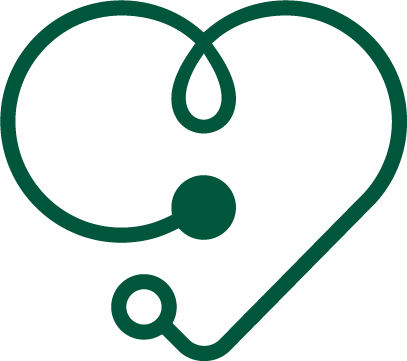When it comes to our immune system and how strong our immunity may or may not be, we’re mostly aware that we can support a healthy immune system by eating more of the right things (fruits and vegetables) and less of the not-so-right things (fried, processed foods high in fat, salt and sugar).
But when it comes to knowing what the immune system actually is, or even where it is, most of us come unstuck. So we’re here to put that right!
What is the immune system?
The immune system is a complex system, made up of many different elements. It’s a system of cells, molecules, tissues and organs that extend throughout the entire body, and each part, however tiny, has a crucial part to play in helping to keep us healthy.
There are two ‘branches’ of the immune system – the innate immune system and the adaptive immune system. They work in synchrony to help defend the body against pathogenic bacteria, fungi and viruses and foreign objects.
The innate immune system vs the adaptive immune system
The innate immune system is our ‘seek and destroy’ defence, silently working continuously to find pathogens and foreign objects that don’t belong, and do its best to destroy them before they make us sick.
The adaptive immune system is more of a silent memory bank, remembering all the pathogens and disease causing agents we come into contact with, recognising them if we come into contact with them again, and sending signals to the innate immune system to destroy them.
The different elements of the immune system
So let’s go back to the complex arrangement of cells, molecules, tissues and organs that make up both branches of the immune system. Each one has a specific role, and without it, we’d be more susceptible to illness and disease.
The cells of the immune system are mainly different types of white blood cells. Each one helps the immune system identify, recall and destroy pathogens, or helps to signal to other parts of the immune system that there’s a danger that needs attention. These cells include B cells, killer T cells, macrophages and CD4 helper cells.
When immune cells signal that there’s an invading pathogen, the resulting immune attack comes from molecules of the immune system called antibodies. We create antibodies to a pathogen, for example a strain of flu, so that when we come into contact with that same strain again, we fight it off using these antibodies.
Other molecules of the immune system are called cytokines. Cytokines are released during an immune response that act as chemical messengers between the cells, tissues and organs to help ‘oversee’ the immune response.
The tissues and organs of the immune system include more tangible parts of the body such as the appendix, spleen, bone marrow and lymph nodes. They help to produce the cells and molecules needed by the immune system.
Finally, the largest part of this complex system is the skin – our biggest organ. The skin acts as a physical barrier against pathogens and damage to the inside of the body.
Keeping the immune system strong
Whilst we go about our daily business, our immune system is working hard to defend us. It can be weakened by disease, certain medications, being immunocompromised or having an autoimmune disease.
But on the whole, it can be supported by eating well, taking regular exercise, getting enough sleep and avoiding stress where possible.
During these testing times living under the cloud of coronavirus, it’s never been more important to look after the health of our immune system, so make sure you consider yours.











